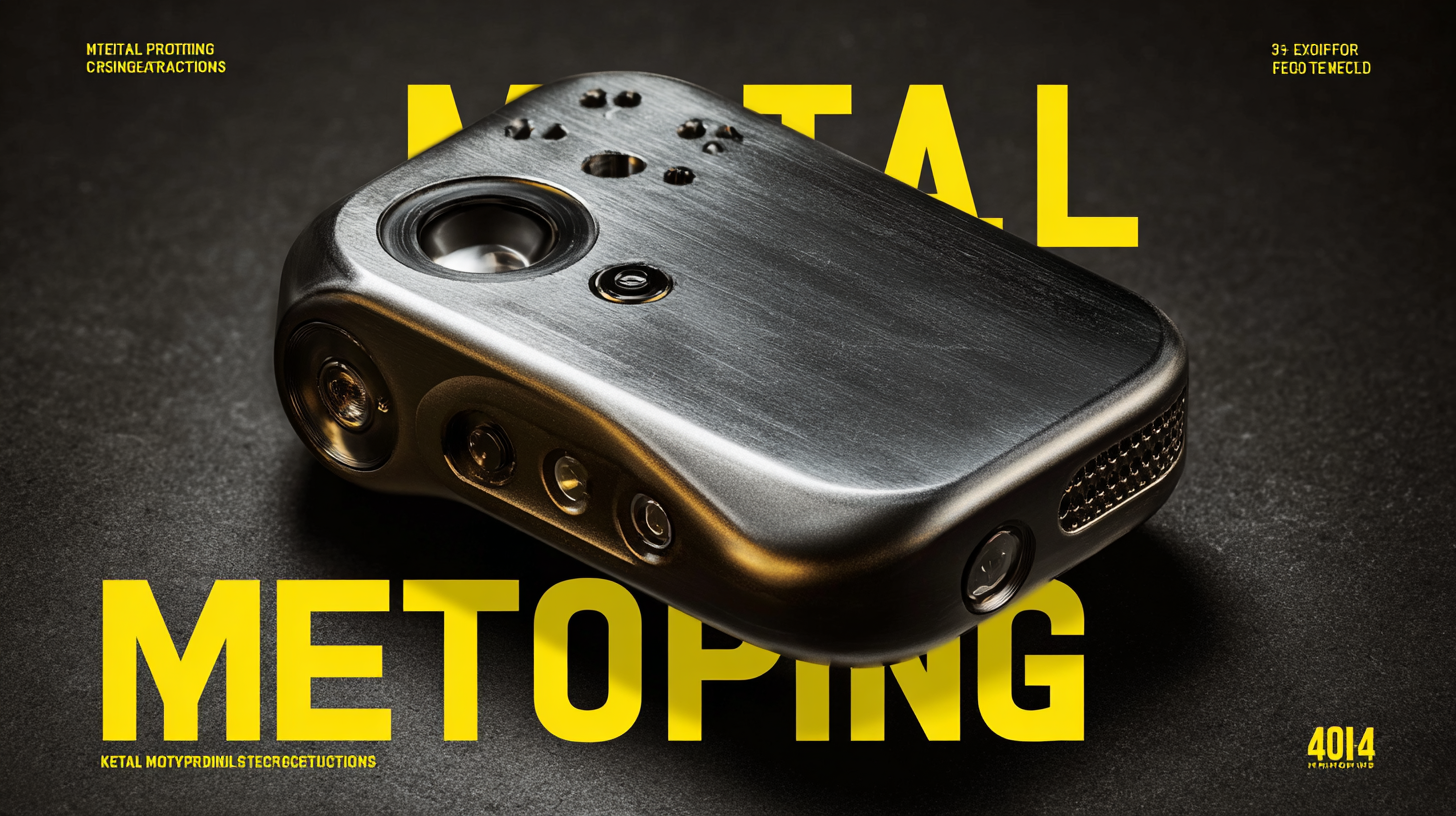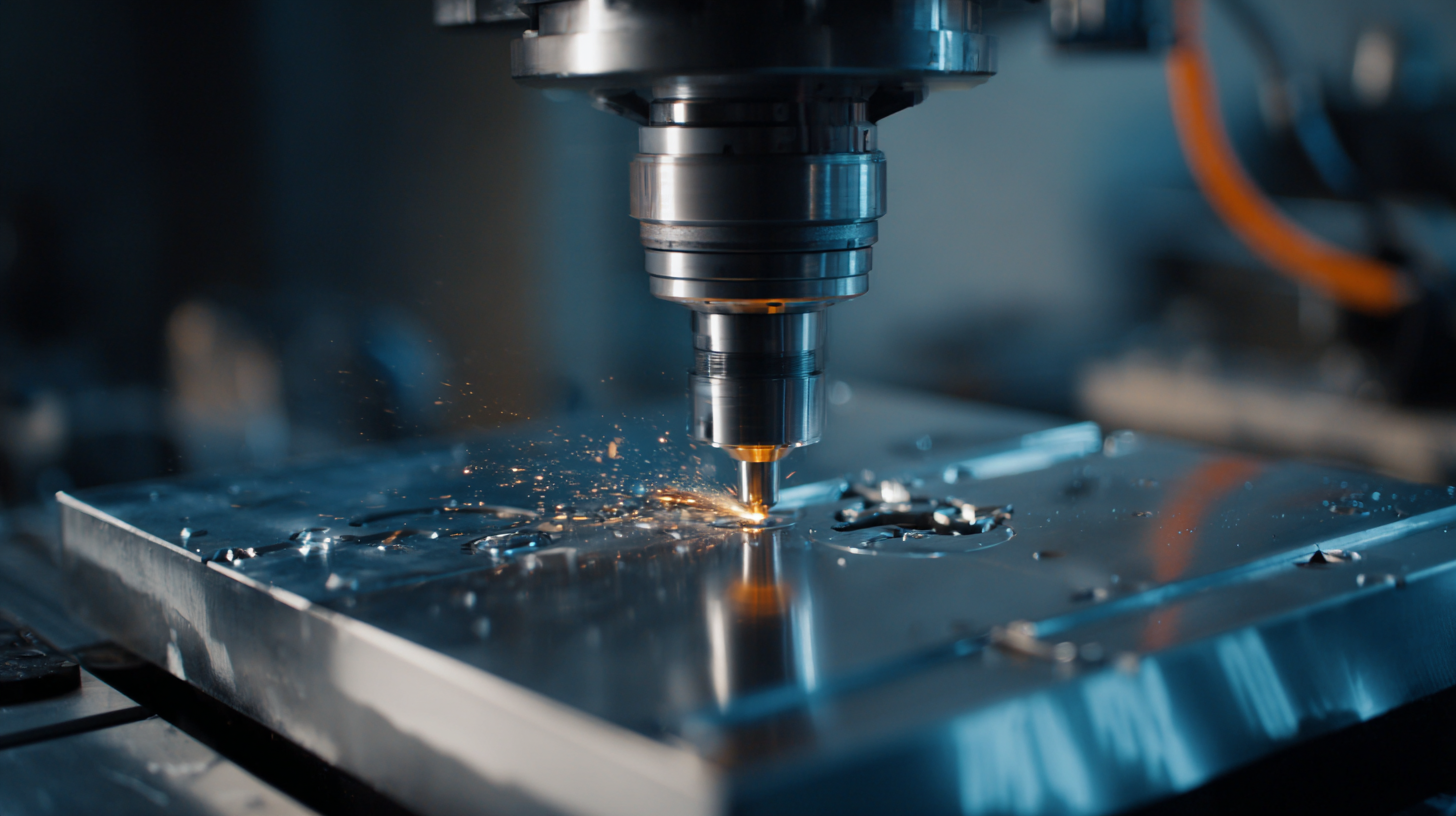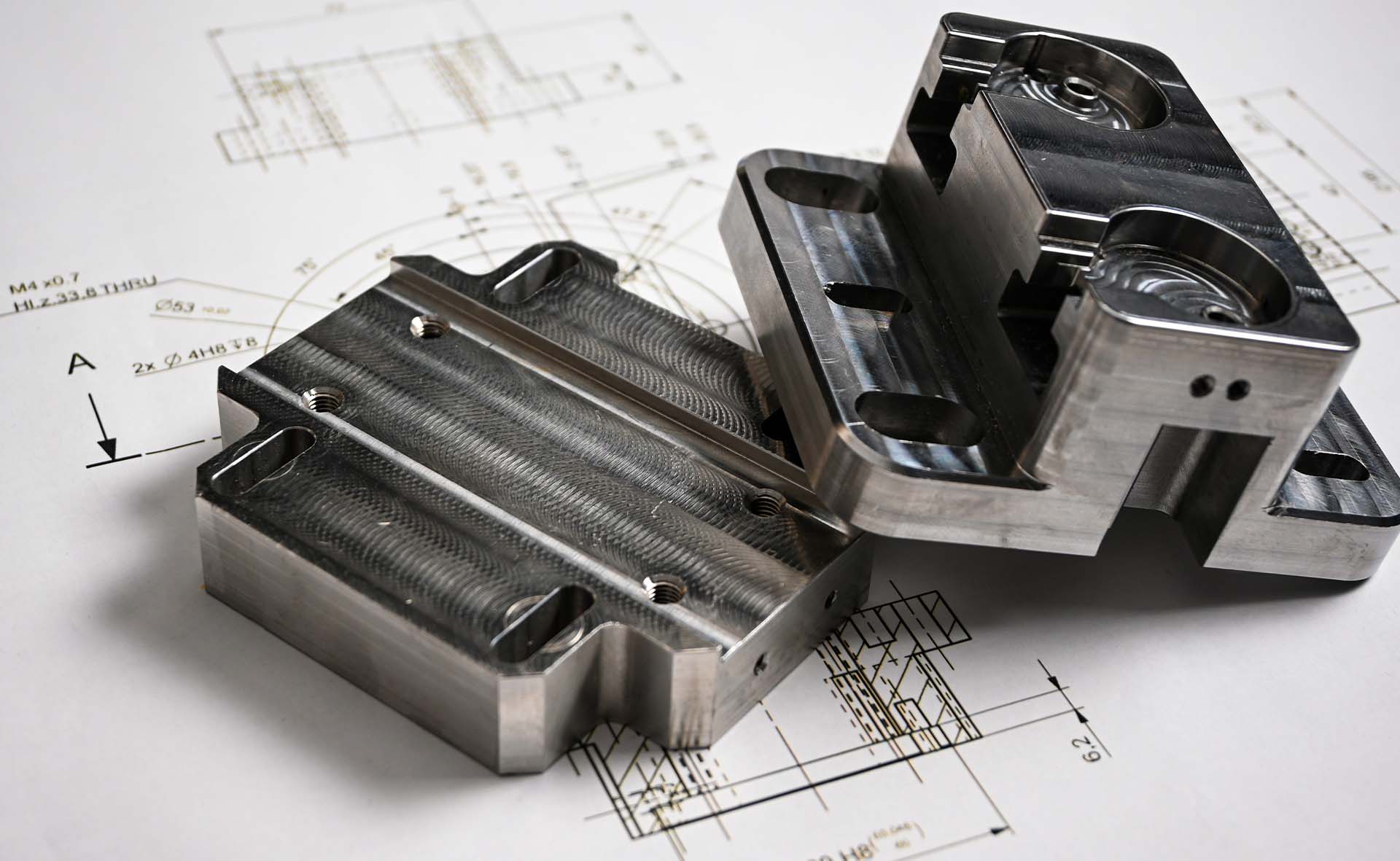
 In the rapidly evolving landscape of manufacturing, the demand for precise and efficient metal prototyping has become increasingly critical, especially as industries look towards the future defined by the Industry 2025 trend. According to a recent report by insert relevant source, the global market for metal prototyping is projected to grow at a CAGR of 10.5% from 2023 to 2030, emphasizing the necessity for manufacturers to adopt advanced techniques.
In the rapidly evolving landscape of manufacturing, the demand for precise and efficient metal prototyping has become increasingly critical, especially as industries look towards the future defined by the Industry 2025 trend. According to a recent report by insert relevant source, the global market for metal prototyping is projected to grow at a CAGR of 10.5% from 2023 to 2030, emphasizing the necessity for manufacturers to adopt advanced techniques.
This guide delves into the best practices for metal prototyping, focusing on five key technical specifications that can significantly enhance the efficiency and accuracy of production processes. As technological advancements continue to reshape our industry, understanding these specifications will help businesses stay competitive and innovative in their prototyping endeavors.
The evolution of metal prototyping in China has marked a significant transformation in advanced manufacturing, exemplified by the country’s ascent as a leader in innovation. Recent statistics show that China's investment in research and development for advanced materials has surged, with a notable increase in patents related to metal additive manufacturing. According to a report by the International Energy Agency, China accounted for nearly 30% of global advancements in steel technology, showcasing its commitment to pushing the boundaries of metal prototyping.
Tip: To stay ahead in metal prototyping, consider leveraging simulation technologies. Utilizing numerical simulations can significantly reduce material waste and enhance efficiency in production processes. Furthermore, integrating AI-driven automation can streamline workflows and improve precision, positioning manufacturers for success in a competitive landscape.
The rise of liquid metal printed electronics (LMPE) epitomizes the innovative spirit of China's manufacturing sector, offering remarkable adaptability in product design and functionality. With liquid metal technology paving the way for more versatile and functional prototypes, industries are witnessing a paradigm shift that emphasizes tailored solutions over traditional mass production. This aligns with the direction of Industry 4.0, where customization and rapid prototyping are becoming essential to meet market demands.
Tip: Engage in continuous learning about emerging technologies in metal prototyping. Workshops and industry seminars can provide valuable insights into the latest techniques and innovations that can enhance production capabilities and foster competitive advantages.

When it comes to metal prototyping, selecting the right materials is crucial for achieving desired strength and durability. Materials such as aluminum, stainless steel, and titanium dominate the landscape, each offering distinct benefits. Aluminum is lightweight and corrosion-resistant, making it an excellent choice for prototypes that require agility. Conversely, stainless steel presents unmatched strength and resistance to wear, ideal for components exposed to harsh environments. Titanium, although more expensive, boasts a remarkable strength-to-weight ratio, perfect for applications where weight is a critical factor.
**Tip:** When selecting materials for your prototype, consider the end-use conditions. If the prototype will face high stress or environmental hazards, prioritize stronger materials like stainless steel or titanium.
In addition to material choice, understanding the strength and durability data of each option can significantly impact your project's success. For instance, analyzing tensile strength and fatigue resistance provides insight into how each material performs under pressure and prolonged use. This information can be invaluable in refining your prototypes before moving to production.
**Tip:** Utilize simulations and testing methods to gather data on your chosen materials, enabling you to make informed decisions and avoid costly errors later in the production process.
This chart illustrates the strength and durability of various key materials used in metal prototyping. The comparison is based on their tensile strength (in MPa) and durability index (a relative measure based on stress factors).
Cost efficiency has become a pivotal concern in metal prototyping, as industry trends show companies increasingly seek to maximize their return on investment while minimizing waste. According to a recent report by the Global Metal Prototyping Market Analysis, the demand for efficient prototyping solutions is projected to grow at a CAGR of 10.9% through 2028, driven by advancements in technology and the rising costs of raw materials. This growth emphasizes the need for businesses to adopt innovative practices that not only streamline production processes but also enhance quality and reduce lead times.
Financial implications are also significant; companies investing in advanced prototyping technologies can often see a reduction in costs by up to 30%. This reduction is primarily due to decreased material waste and improved design validation processes. Furthermore, the integration of additive manufacturing techniques allows for rapid iteration and testing, enabling firms to bring products to market faster without compromising on the quality of the prototypes. As market dynamics shift, organizations that prioritize cost efficiency and invest strategically in metal prototyping technology will likely stay competitive and responsive to the evolving demands of their sectors.
| Prototyping Method | Material Used | Lead Time (Days) | Cost per Prototype ($) | Tolerances (mm) | Applications |
|---|---|---|---|---|---|
| Metal 3D Printing | Stainless Steel | 10 | 2500 | ±0.2 | Aerospace, Automotive |
| CNC Machining | Aluminum | 7 | 1500 | ±0.1 | Consumer Products, Electronics |
| Laser Cutting | Mild Steel | 5 | 800 | ±0.5 | Signage, Furniture |
| Sheet Metal Fabrication | Galvanized Steel | 12 | 1200 | ±0.3 | Enclosures, Brackets |
| Investment Casting | Brass | 14 | 2000 | ±0.5 | Plumbing, Hardware |
In today's competitive landscape, quality control standards are crucial for ensuring that metal prototypes meet industry requirements. A comparative analysis reveals that Chinese metal manufacturing has significantly advanced its quality control methods over the past decade. According to a report from the International Organization for Standardization (ISO), Chinese manufacturers now comply with ISO 9001 certifications at a rate of nearly 75%, a marked increase from just 45% five years ago. This uptick indicates a growing commitment to maintaining consistency and quality across production processes.
Furthermore, the implementation of Six Sigma methodologies and Lean Manufacturing principles has become prevalent in Chinese facilities. Data from a 2022 study by the American Society for Quality (ASQ) indicates that organizations adopting these methodologies in China reported a 30% reduction in defects within their metal prototyping processes. This not only enhances product reliability but also significantly lowers production costs, making Chinese manufacturing an attractive option for global businesses looking for cost-efficient, high-quality metal prototypes. The focus on rigorous quality control standards in China is paving the way for more reliable and competitive metal manufacturing on an international scale.

China has established itself as a powerhouse in metal prototyping, significantly influencing global market trends. As industries increasingly seek rapid prototyping solutions, China's advanced manufacturing techniques and cost-effective production capabilities have made it a preferred partner for international companies. This shift is evident in the growing number of international projects that rely on Chinese manufacturers for high-quality metal prototypes, showcasing not only competitive pricing but also an impressive turnaround time.
Moreover, China's influence extends beyond mere production; it shapes technological advancements in metal prototyping. Innovations such as 3D printing with metal materials and advanced CNC machining have been pioneered by Chinese firms, leading to enhanced precision and efficiency in prototyping processes. As these technologies disperse globally, companies outside of China benefit from improved design capabilities and the ability to prototype complex geometries that were previously unachievable.
This synergy between China's manufacturing prowess and international demand for advanced prototyping technologies is reshaping the landscape of the global metal prototyping market.

| Cookie | Duration | Description |
|---|---|---|
| cookielawinfo-checkbox-analytics | 11 months | This cookie is set by GDPR Cookie Consent plugin. The cookie is used to store the user consent for the cookies in the category "Analytics". |
| cookielawinfo-checkbox-functional | 11 months | The cookie is set by GDPR cookie consent to record the user consent for the cookies in the category "Functional". |
| cookielawinfo-checkbox-necessary | 11 months | This cookie is set by GDPR Cookie Consent plugin. The cookies is used to store the user consent for the cookies in the category "Necessary". |
| cookielawinfo-checkbox-others | 11 months | This cookie is set by GDPR Cookie Consent plugin. The cookie is used to store the user consent for the cookies in the category "Other. |
| cookielawinfo-checkbox-performance | 11 months | This cookie is set by GDPR Cookie Consent plugin. The cookie is used to store the user consent for the cookies in the category "Performance". |
| viewed_cookie_policy | 11 months | The cookie is set by the GDPR Cookie Consent plugin and is used to store whether or not user has consented to the use of cookies. It does not store any personal data. |

